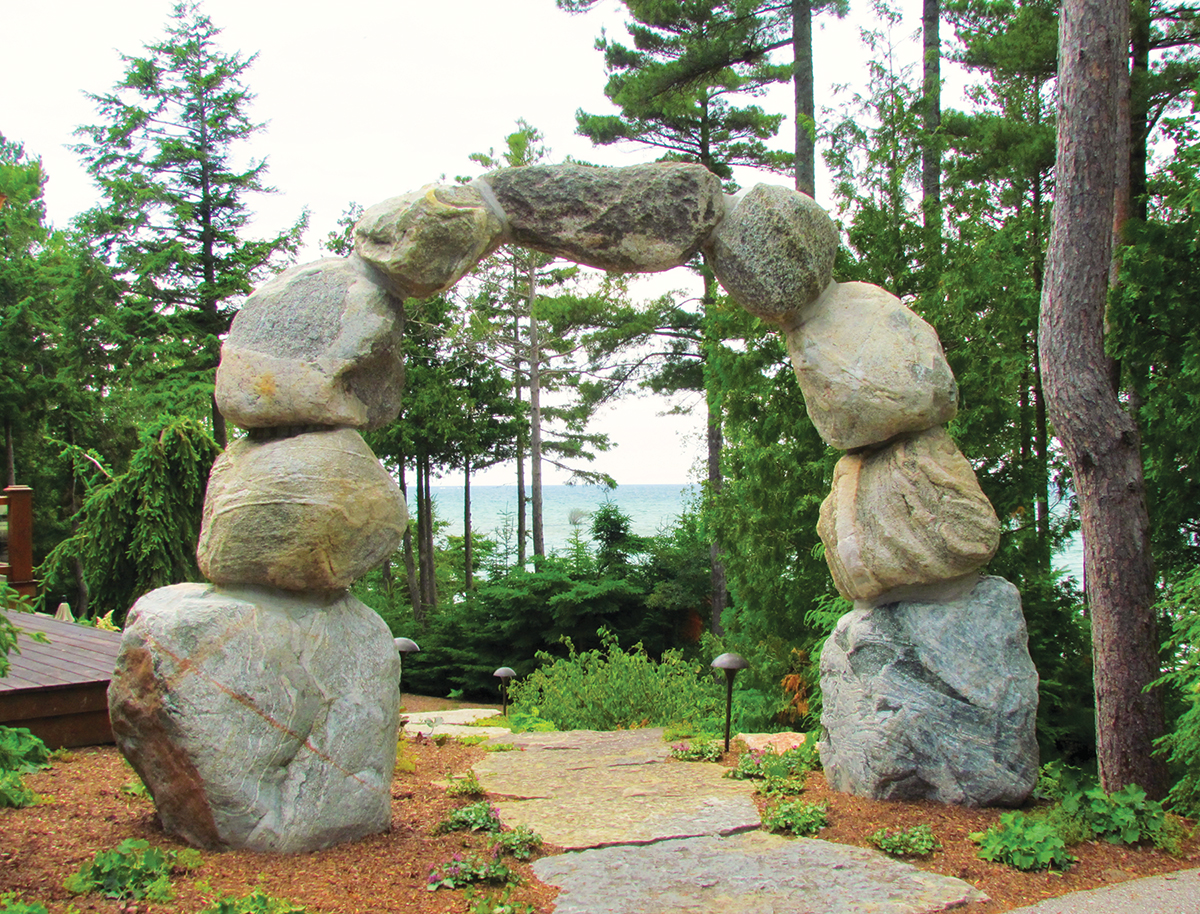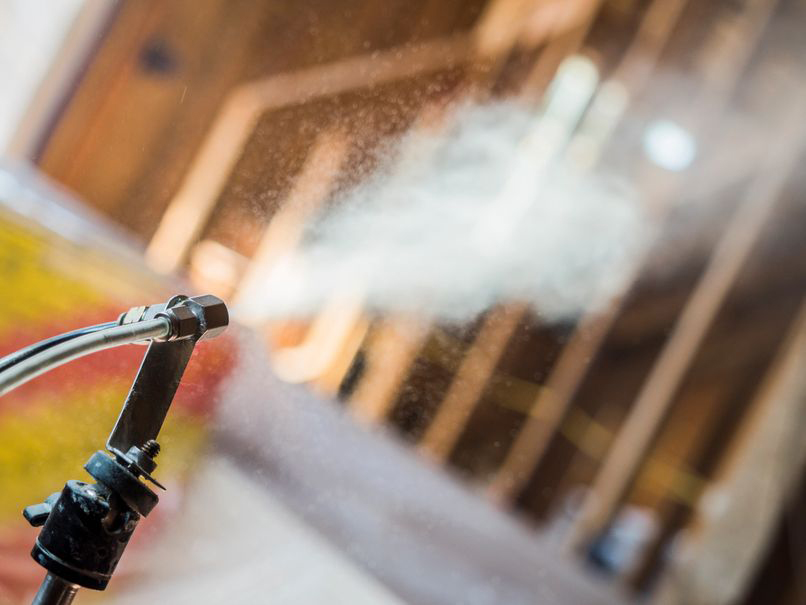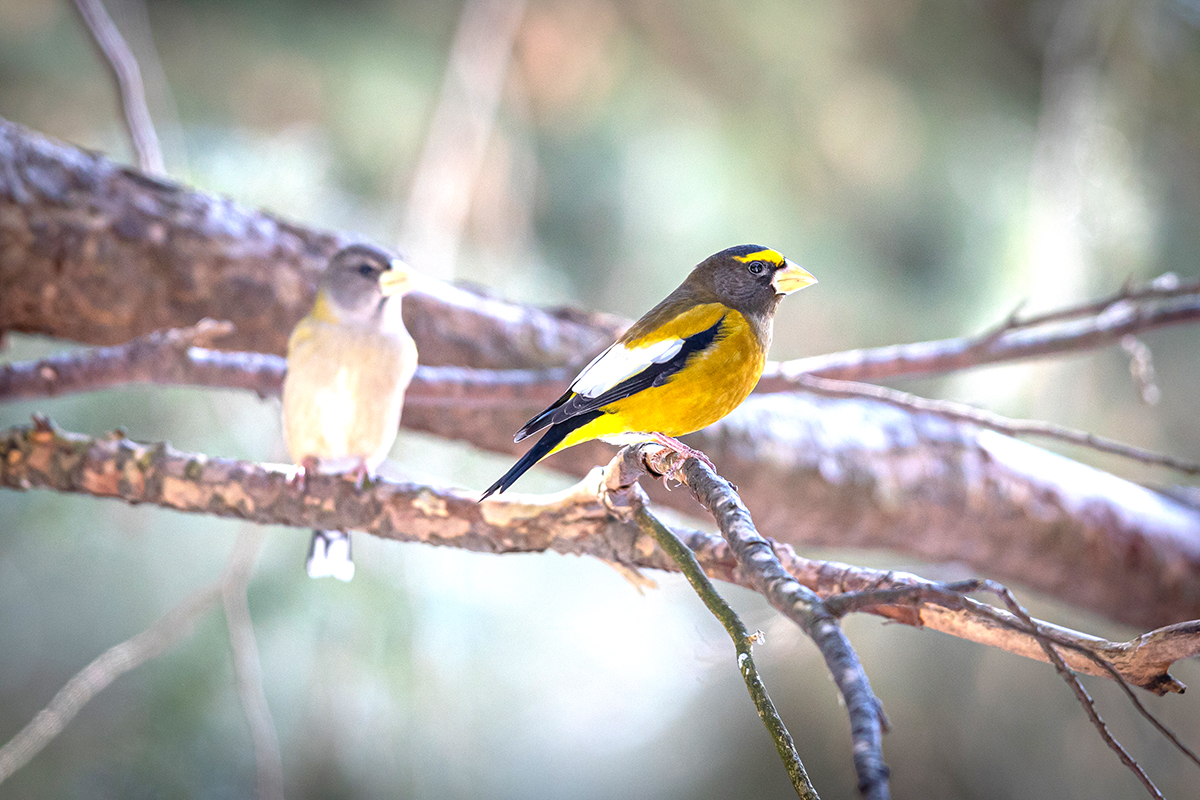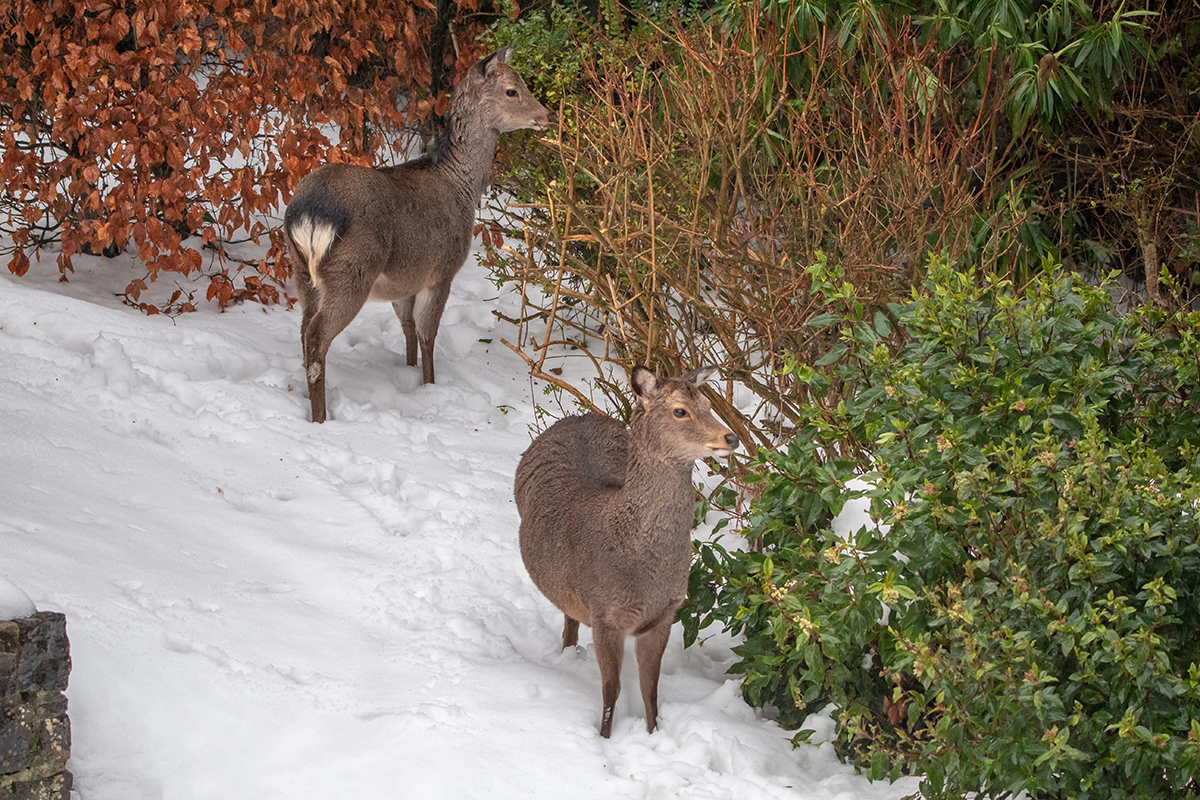WRITER | SCOTT PHILP
PHOTO | LANDSCAPE LOGIC
Throughout history, man has sought to leave his mark on the world. This has taken many forms, but one of the most apparent is his mark on the landscape. From England’s monolithic Stonehenge rock formations to the extravagant palace gardens of Versailles in France to current-day trends in residential and commercial landscape architecture, the foundational elements of landscape design have remained true over the course of time: line, form, color, and texture.
Line is the primary element of the landscape. It represents boundaries, direction, movement, and growth. Lines can lead the human eye to a desired point or, conversely, distract it from something one wants to disguise. Whether straight, curved, vertical, horizontal, or diagonal, lines provide the base map for a space and give it substantial identity.
Used together, lines create planes, and multiple planes create volume. Introducing multiple planes and volume into the landscape offers users a sense of space. They are not walking “on” the landscape, but are rather “in” the landscape. Volume carries a perceived weight to the human eye, and, when used properly, can contribute substantially to the overall experience a user has in an area.
Form is another essential element that contributes to outdoor areas. Form can be expressed through trees, shrubs, and flowers or through built elements such as pergolas, arbors, or fences.
Nature’s form as seen in the living landscape portrays round, upright, spreading, and weeping forms. Whether it is a branching structure, growth habit, or the style a landscape plant has been trimmed to, these all contribute to the form of a space.
As with the use of line, form can be structured or unstructured in the landscape. Linear forms, radial forms, clustered forms, irregular forms, or grid forms are all examples of design used to give a space a sense of identity.
Color is crucial in the design process as well. Color can grab the eye or, if used in balance, encourage it to flow across a space at a constant pace. One can choose a palette of warm colors (red, yellow, orange, brown, warm grey) or cool colors (blue, purple, pink, cool grey). Color can be used to evoke a sense of vibrancy and activity in a space or can be used to create a sense of tranquility or peace. Colors can also be used in a complementary or contrasting fashion to further contribute to a space’s character.
Texture is also an instrumental design element of landscape architecture. Primarily seen through the foliage of living trees/plants or through manmade elements, coarse, medium, and fine textures add a significant amount of personality to a landscape. As with color, complementary textures will help to create a uniform feeling for those who pass through. With the use of contrasting textures, a trained designer can call attention to a certain area, surface, or object. These more subtle touches still have a significant impact on the overall feeling and personality of a space.
Processing the emotions and sensations experienced in a landscape into these four foundational elements, allows one to create a similar ambiance elsewhere. As each of these design components is mastered, a new perspective on design and architecture can emerge. These principles enable garden designers to evoke strong emotions in visitors and the chance to leave their own personal mark on the landscape, just as man has done for thousands of years.








